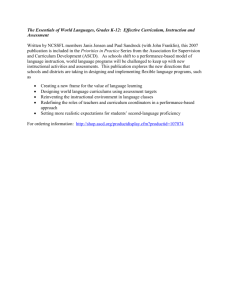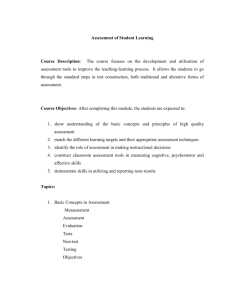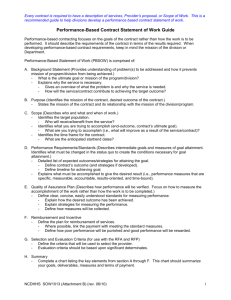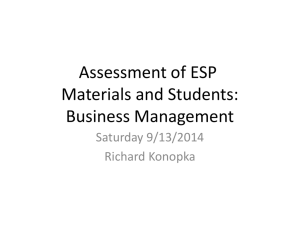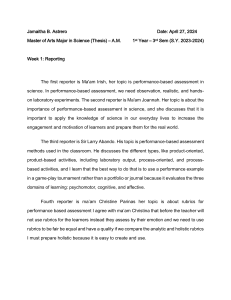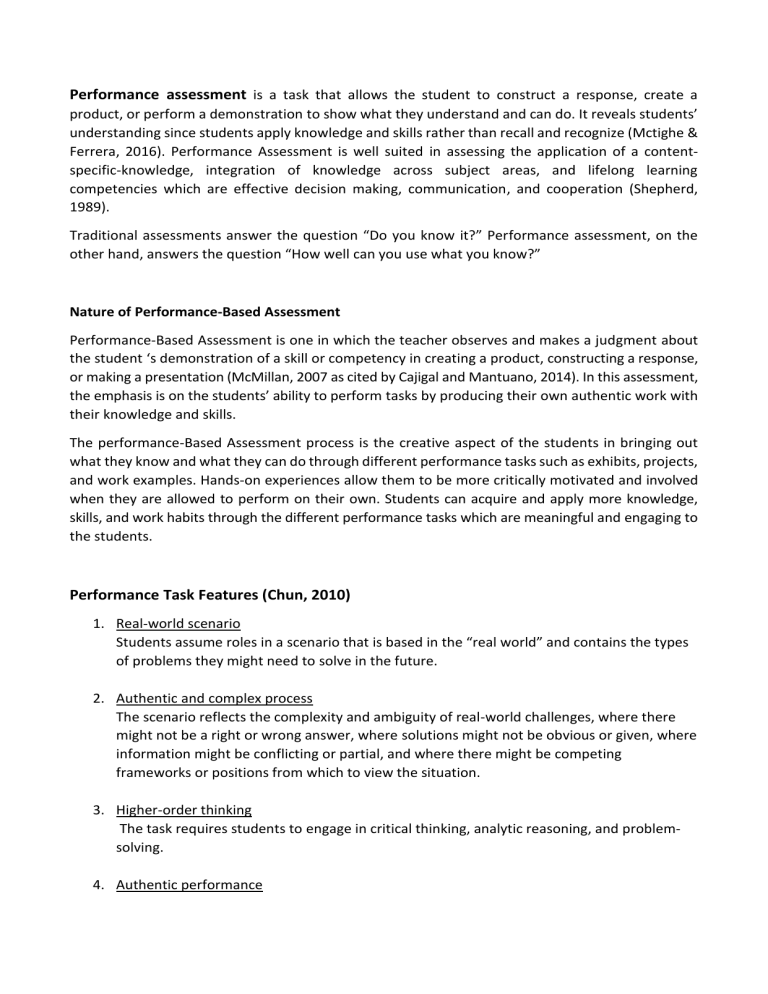
Performance assessment is a task that allows the student to construct a response, create a product, or perform a demonstration to show what they understand and can do. It reveals students’ understanding since students apply knowledge and skills rather than recall and recognize (Mctighe & Ferrera, 2016). Performance Assessment is well suited in assessing the application of a contentspecific-knowledge, integration of knowledge across subject areas, and lifelong learning competencies which are effective decision making, communication, and cooperation (Shepherd, 1989). Traditional assessments answer the question “Do you know it?” Performance assessment, on the other hand, answers the question “How well can you use what you know?” Nature of Performance-Based Assessment Performance-Based Assessment is one in which the teacher observes and makes a judgment about the student ‘s demonstration of a skill or competency in creating a product, constructing a response, or making a presentation (McMillan, 2007 as cited by Cajigal and Mantuano, 2014). In this assessment, the emphasis is on the students’ ability to perform tasks by producing their own authentic work with their knowledge and skills. The performance-Based Assessment process is the creative aspect of the students in bringing out what they know and what they can do through different performance tasks such as exhibits, projects, and work examples. Hands-on experiences allow them to be more critically motivated and involved when they are allowed to perform on their own. Students can acquire and apply more knowledge, skills, and work habits through the different performance tasks which are meaningful and engaging to the students. Performance Task Features (Chun, 2010) 1. Real-world scenario Students assume roles in a scenario that is based in the “real world” and contains the types of problems they might need to solve in the future. 2. Authentic and complex process The scenario reflects the complexity and ambiguity of real-world challenges, where there might not be a right or wrong answer, where solutions might not be obvious or given, where information might be conflicting or partial, and where there might be competing frameworks or positions from which to view the situation. 3. Higher-order thinking The task requires students to engage in critical thinking, analytic reasoning, and problemsolving. 4. Authentic performance The “product” the students create reflects what someone assuming that role would produce: a memo, presentation, or other write-up. 5. Transparent evaluation criteria The learning outcomes drive the creation of the task. Purposes of Performance Assessment 1. Improves student learning. 2. Measures students' ability to apply the skills and knowledge learned to a complex real-world task. 3. Used as either a formative or summative tool. Example: A performance assessment built around a complex reasoning task, such as problem-solving or decision making, requires the synthesis of information from multiple sources. As students sort through the information and draw conclusions, a teacher can observe students’ reasoning skills in action and, if necessary, provide support to those who are struggling. This would be a type of formative assessment. The students’ final presentations, on the other hand, maybe judged based on a rubric and given a score. That would be an example of using a performance task as a summative assessment Types of Performance Task 1. Process-oriented Assessment Concerned with the actual task performance rather than the output or product of the activity. 2. Product-Oriented Assessment Kind of assessment wherein the assessor views and scores the final product made and not on the actual performance of making that product. Principles of Performance Assessment (Mislevy, 2005) 1) Drawn directly from realistic work samples. The first principle of performance-based assessment is a realistically simulated work performed in a context that typically measures work products or observations of performance, rather than conventional tests. 2) Competency-based and criterion-referenced. The second principle of performance-based assessment is that it is competency-based rather than knowledge-based, because the performance-based assessment must fully describe the competencies being assessed, including knowledge, skills, and attitudes. 3) Use a triangulation strategy. The third principle is a triangulation of measurement through means such as collecting work products from multiple projects, or observations of the same job performance across multiple contexts or cycles of performance. References: Performance Assessment Definition and Meaning - Top Hat Designing_Performance_Assessment_M2_Reading_Assessment (ascd.org) Performance-Based Assessment: Reviewing the Basics | Edutopia Chun, M. (2010, March). "Taking teaching to (performance) task: Linking pedagogical and assessment practices." Change: The Magazine of Higher Education PROCESS VS. PRODUCT ORIENTED PERFORMANCE BASED ASSESSMENT – Mongcal & Diaz (wordpress.com) Performance-Based-Assessment-in-the-Classroom.pdf (jaymctighe.com) (PDF) Application of Principles of Performance-Based Assessment to Corporate Certifications (researchgate.net)
